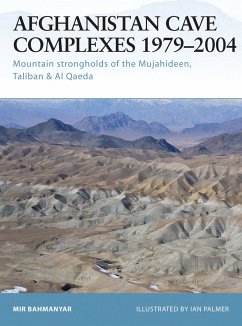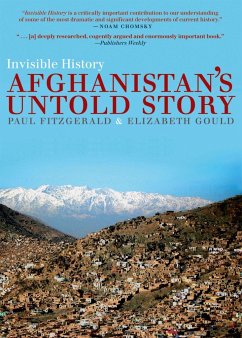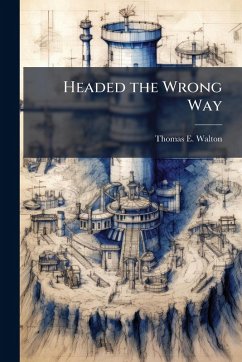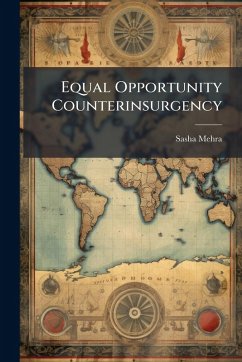
Policy Failures in the Graveyard of Empires

PAYBACK Punkte
8 °P sammeln!
This monograph examines the role of policy in guidance of the British, the Soviet and the U.S.-NATO wars in Afghanistan. Set in the context of Afghanistan's history and its socio-cultural environment, the study critically analyzes the negative impact of policy failures - acts of both omission as well as commission - on the conduct and outcome of these three wars. Holding Afghanistan's physical environment as constant, the monograph examines numerous policy variables such as the evolution of grand strategy, resource allocation, governance, and security force assistance. A study of select aspect...
This monograph examines the role of policy in guidance of the British, the Soviet and the U.S.-NATO wars in Afghanistan. Set in the context of Afghanistan's history and its socio-cultural environment, the study critically analyzes the negative impact of policy failures - acts of both omission as well as commission - on the conduct and outcome of these three wars. Holding Afghanistan's physical environment as constant, the monograph examines numerous policy variables such as the evolution of grand strategy, resource allocation, governance, and security force assistance. A study of select aspects of the First Anglo-Afghan War and the Soviet Invasion of Afghanistan highlights several policy missteps and miscalculations that, if heeded to, could have helped today's policymakers. The focus of the monograph, however, is on the ongoing U.S.-NATO effort. Based on some strikingly common and consistent errors of policy, the paper concludes that the incompetence and myopia of the policymakers is responsible for squandering the military gains and for failure to guide these wars to their strategic purpose and end state. In the end, the monograph puts forth a set of recommendations for both policymakers as well as operational artists. This work has been selected by scholars as being culturally important, and is part of the knowledge base of civilization as we know it. This work was reproduced from the original artifact, and remains as true to the original work as possible. Therefore, you will see the original copyright references, library stamps (as most of these works have been housed in our most important libraries around the world), and other notations in the work. This work is in the public domain in the United States of America, and possibly other nations. Within the United States, you may freely copy and distribute this work, as no entity (individual or corporate) has a copyright on the body of the work. As a reproduction of a historical artifact, this work may contain missing or blurred pages, poor pictures, errant marks, etc. Scholars believe, and we concur, that this work is important enough to be preserved, reproduced, and made generally available to the public. We appreciate your support of the preservation process, and thank you for being an important part of keeping this knowledge alive and relevant.












